What is an Underground Electrical Conduit?
An underground electrical conduit is a system used to protect and route electrical wiring underground. These conduits are designed to guard the wires from moisture, chemical damage, and physical harm from external forces. Typically made from materials like PVC, metal, or fiberglass, they are essential to maintaining the integrity and longevity of your electrical installations.
Benefits of Underground Conduit Systems
-
Protection: Conduits provide critical protection from environmental factors and reduce the risk of electrical fires caused by damaged wires.
-
Durability: Properly installed conduits can last for decades without needing replacement.
-
Aesthetics: Underground conduits keep electrical wiring out of sight, preserving the landscape’s natural and architectural beauty.
-
Upgrade and Repair Efficiency: With conduits in place, upgrading or repairing wiring becomes much simpler and less invasive.
Choosing the Right Material
-
PVC Conduit: Lightweight, corrosion-resistant, and easy to install, PVC is ideal for most residential applications where extreme conditions do not apply.
-
Metal Conduit (Rigid and IMC): This type of conduit offers superior protection and is required by code in many commercial and industrial installations. It is perfect for areas exposed to severe environmental conditions.
-
Fiberglass: Known for its non-conductive properties and corrosion resistance, fiberglass is excellent for highly corrosive environments.
Installation Tips
-
Planning: Always check with local utility companies before digging to avoid damaging existing underground services. Use accurate blueprints and plans to mark out your conduit path.
-
Depth Requirements: Ensure conduits are buried at the correct depth according to local building codes to avoid future excavation damages.
-
Bending and Joining: Use appropriate tools and methods for bending and joining to prevent damage to the conduit and ensure a watertight seal.
-
Inspection and Testing: After installation, inspect and test the conduit system to ensure there are no breaches and that it complies with all local and national electrical codes.
Maintenance Considerations
While underground conduits are low maintenance, regular inspections should be part of your routine. Check for any signs of water ingress or physical damage after extreme weather conditions. In commercial settings, use cable-pulling lubricants and maintain detailed records of the conduit paths for future reference. Ask a professional electric company that specializes in underground conduits for more information and guidance.
Troubleshooting Common Problems
-
Moisture Issues: Ensure all joints are sealed correctly during installation. If moisture is detected, inspect seals and joints for damage.
-
Cable Damage: If electrical faults occur, specialized tools are used to inspect and diagnose issues within the conduit without first requiring excavation.
Underground electrical conduits are a reliable and efficient way to safeguard your electrical wiring. By choosing suitable materials, following best installation practices, and conducting routine maintenance, you can ensure a safe electrical system that stands the test of time. Whether you’re a homeowner or a commercial property manager, understanding these systems is vital for ensuring the safety and efficiency of your property’s electrical infrastructure.
With proper installation and care, your underground electrical conduit system will serve as a critical component of your electrical infrastructure, offering safety, durability, and reliability for years to come.

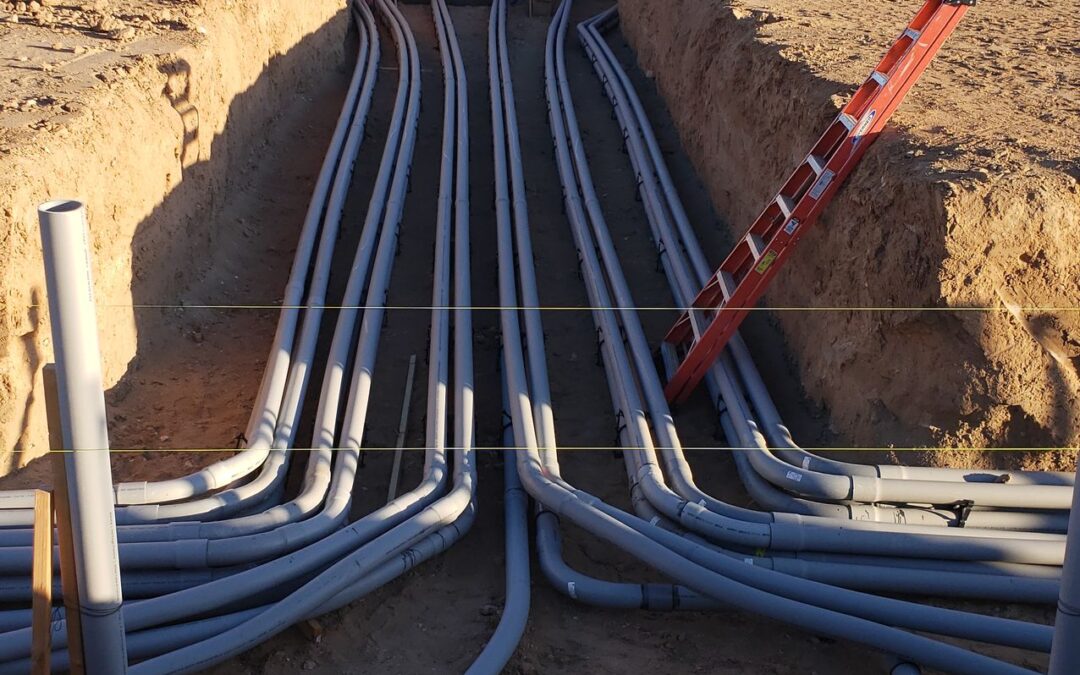
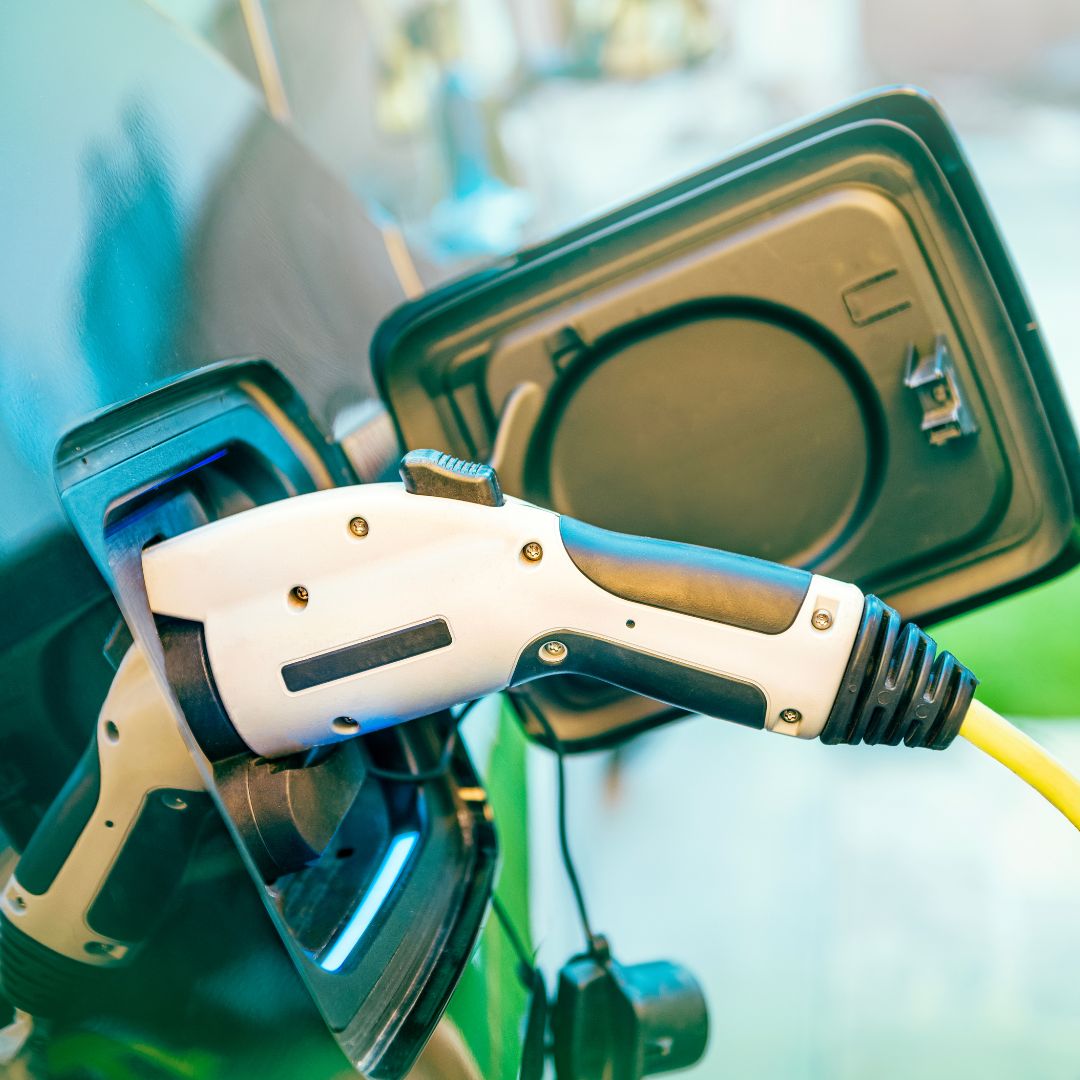
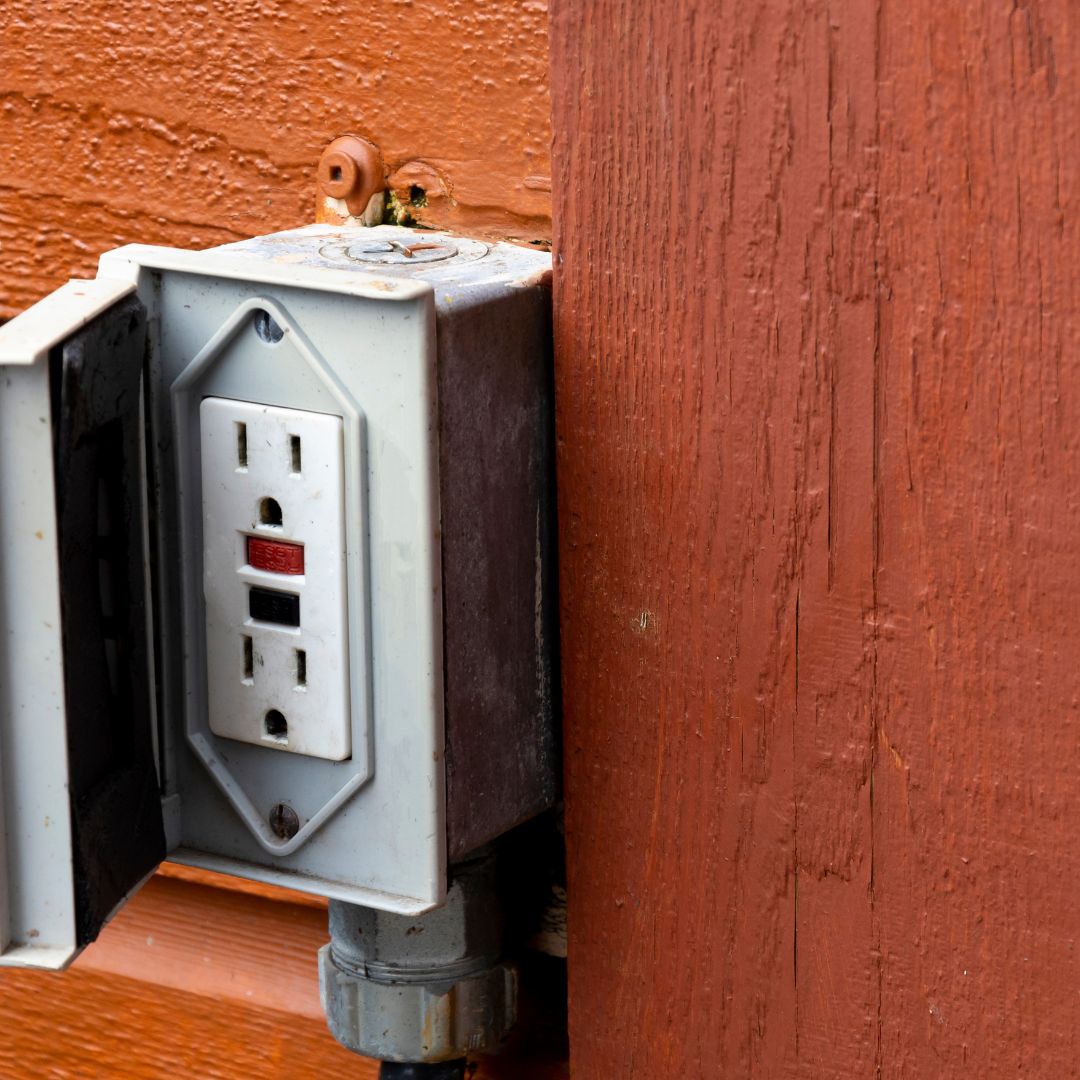

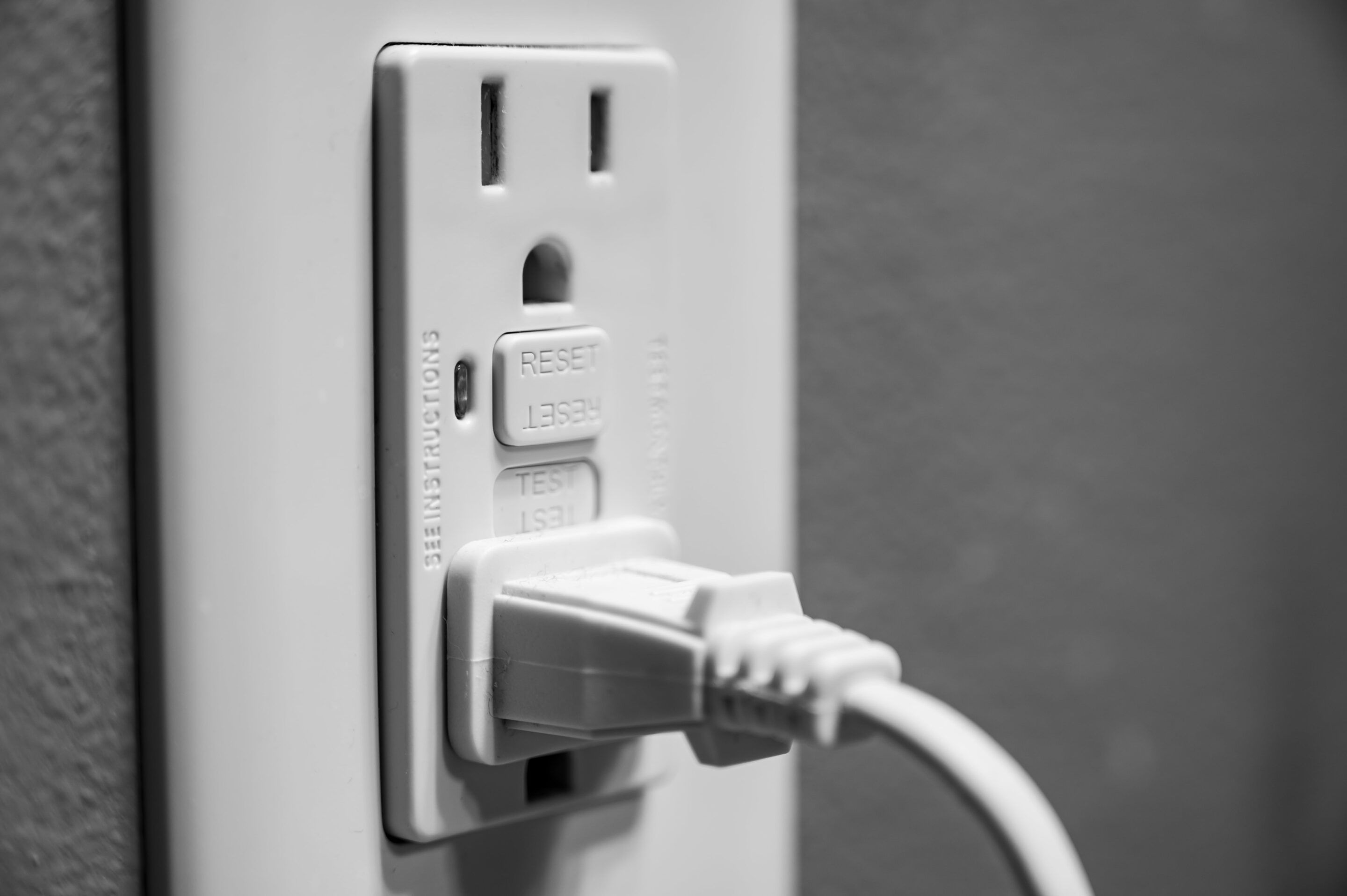


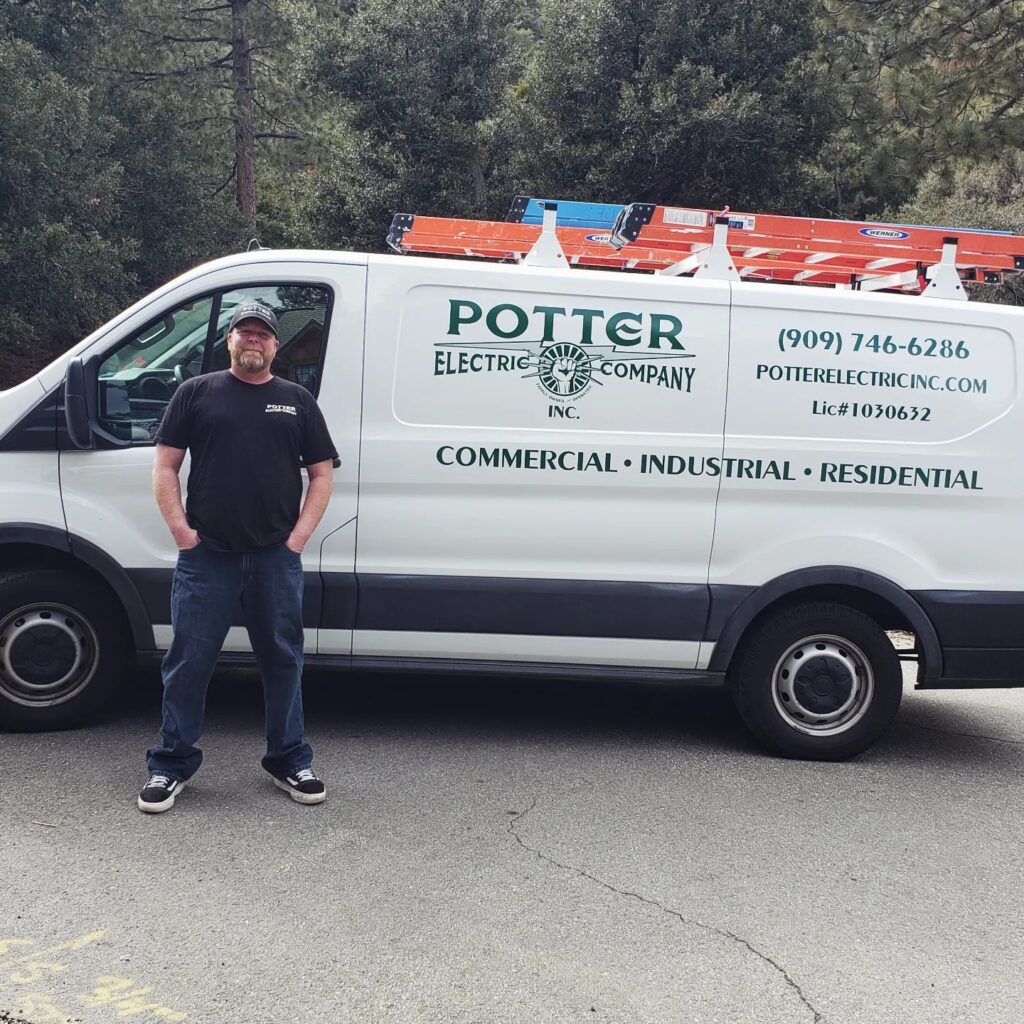
Hi, this is a comment.
To get started with moderating, editing, and deleting comments, please visit the Comments screen in the dashboard.
Commenter avatars come from Gravatar.